tokugawa, tokugawa art museum
Tokugawa Art Museum and More: Best Art Museums in Japan!

Anna Ayvazyan
Posted on December 27, 2023
Share:
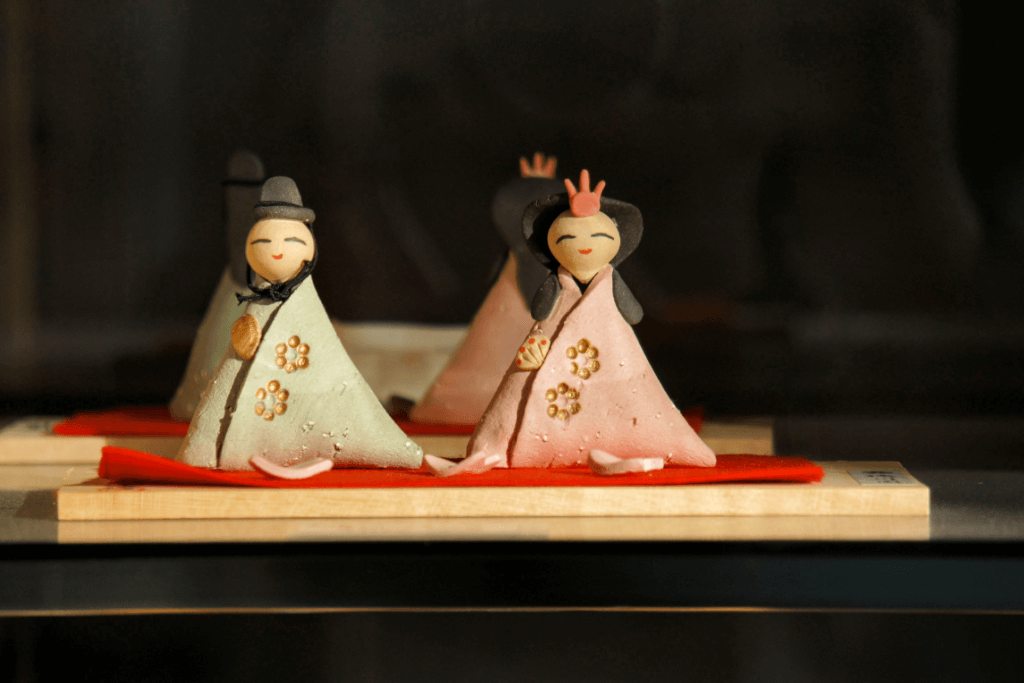
Tokugawa Art Museum is one of the must-see art museums in Japan, especially if you want a reason to travel outside Tokyo. In addition to the Tokugawa Art Museum, there are other great museums to visit. For example, did you know Japan has the first indoor facility dedicated to the exhibition of sand sculptures? Or that there is a full-scale replica of the interior of the Sistine Chapel? Keep reading to find out where to find these art pieces!
Tokugawa Art Museum
Tokugawa Art Museum is located in Nagoya City in Aichi Prefecture. More than 10,000 items stored at the museum are mainly the personal effects of the great Ieyasu Tokugawa. The museum boasts that it currently has nine Designated National Treasure items, 59 Important Cultural Properties, and 46 Important Art Objects. These national treasures include the world-famous Tale of Genji picture scrolls, which are only displayed for a limited period each year.
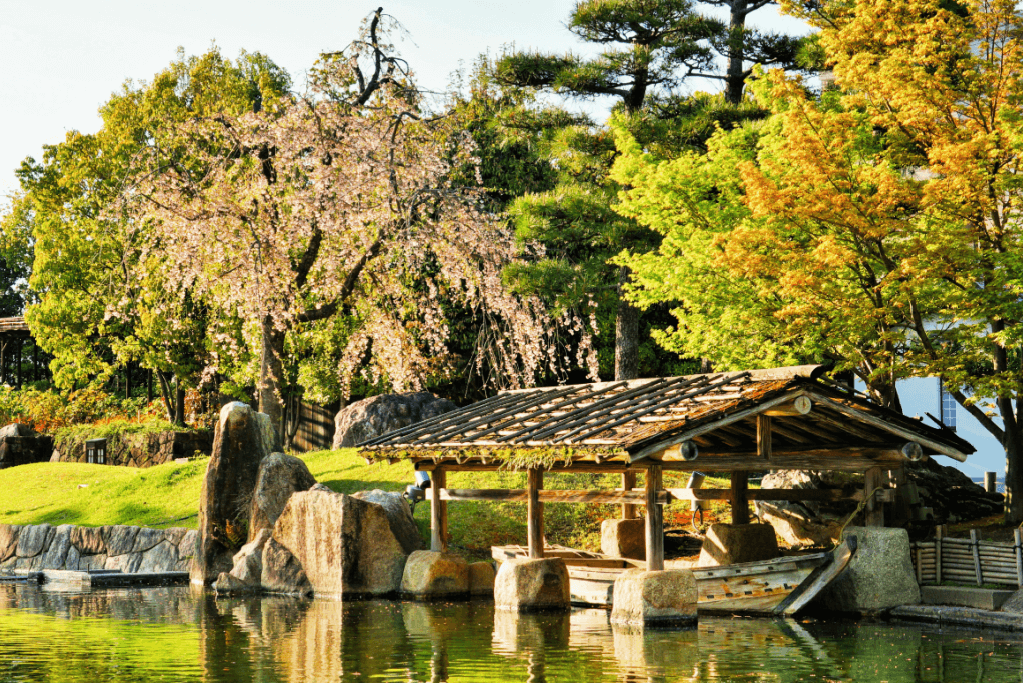
- Opening Hours: 10 am to 5 pm. The museum is closed from mid-December to January 3rd; outside the timeframe, it is closed on Mondays.
- Accessible via: Ozone Station on the JR Chuo Line.
- Admission Price: The entrance fee is 1400 yen to visit the museum or 1550 yen to visit the museum and garden.
Itchiku Kubota Art Museum
Itchiku Kubota Art Museum is located in Fujikawaguchiko City in Yamanashi Prefecture. If you’re interested in kimono art, this is a definite museum to visit! The museum features work by Itchiku Kubota, who was an artist who revived the lost art of Tsujigahana silk dyeing. This Tsujigahana silk dyeing technique was integral to decorating kimono during the Muromachi Period (1333-1573).
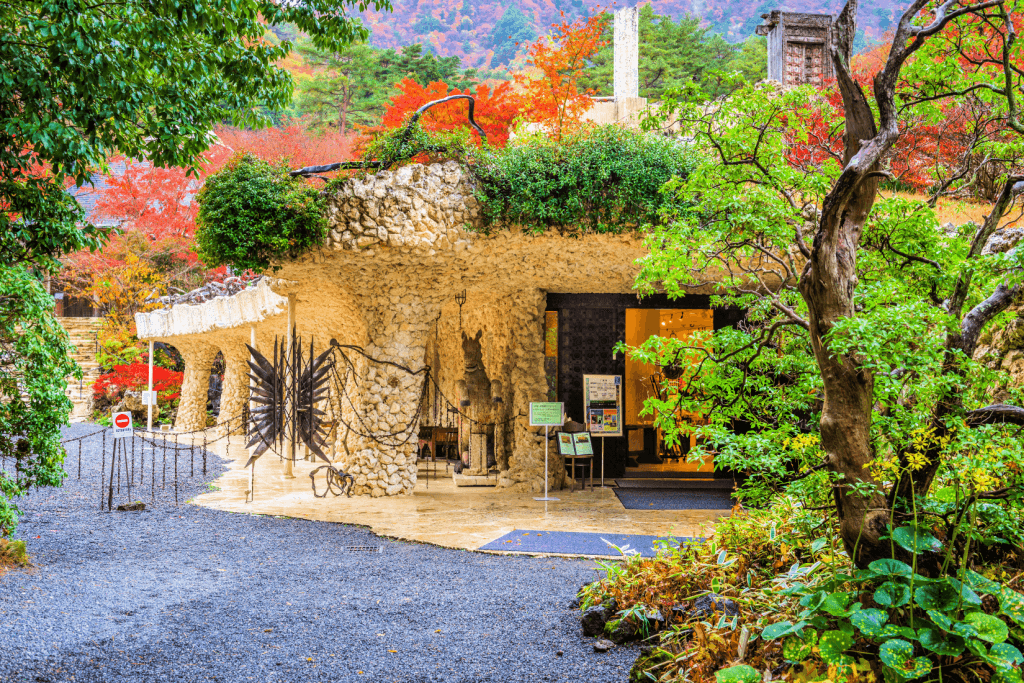
During his life, Kubota wanted to recreate Tsujigahana-style kimono, but it was difficult due to the scarcity of required materials. He found substitutes and created his style of Tsujigahana, calling it Itchiku Tsujigahana. At the museum, you can view the designs of his various collections. The collections depict themes of nature, the cosmos, and the season. The museum also features the unfinished masterpiece “Symphony of Light.”
- Opening hours: 10 am to 5 pm (closes at 4:30 pm from December to March)
- Accessible Via: Omni Red Bus Line from Kawaguchiko Station.
- Admission Price: The entrance fee will be 1500 yen starting January 2024.
Are you looking for some delicious snacks this winter? Check out Sakuraco! Sakuraco delivers traditional Japanese snacks, teas, sweets, and snacks from Japan to your door every month so that you can enjoy Japan’s taste anywhere!
The Hakone Open-Air Museum
The Hakone Open-Air Museum is located in Hakone City in Kanagawa Prefecture. Opened in 1969, this unique museum transcends traditional gallery settings, offering visitors an immersive experience in an open-air setting. Spanning approximately 70,000 square meters, the museum showcases a diverse collection. The diverse collection includes 300 works by Pablo Picasso! Without a doubt, this museum is a must-visit if you love nature, art, and Pablo Picasso!
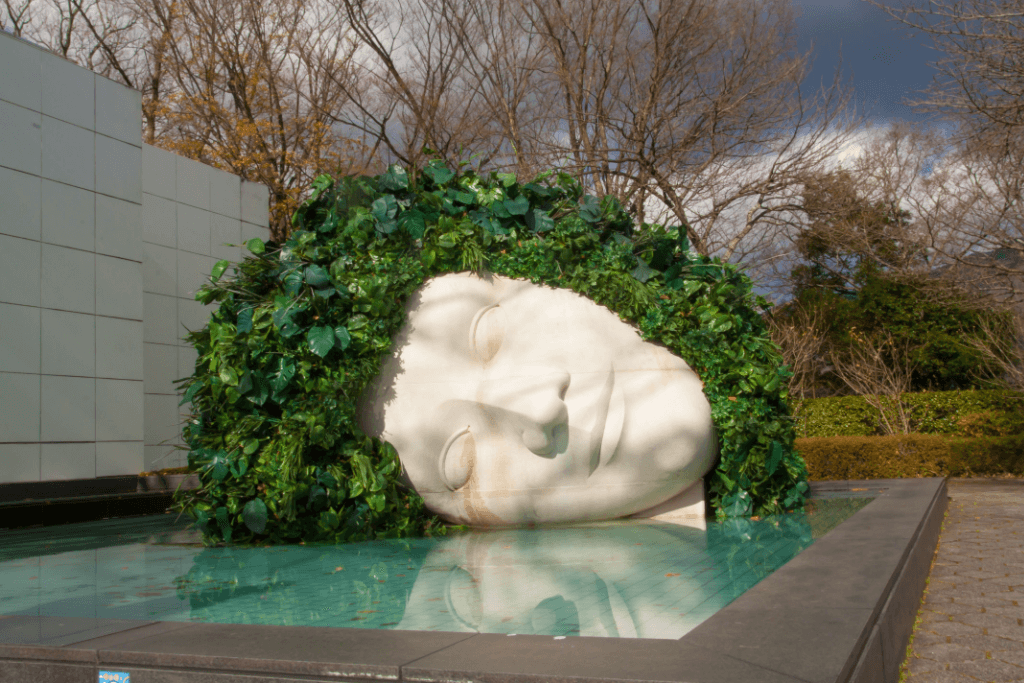
This museum is Japan’s first open-air museum and aims to balance nature and art by displaying sculptures with views of the surrounding valley and mountains. Also, you can find Rodin and Henry Moore sculptures in the museum. Additionally, there is a Picasso Exhibition Hall, which showcases two stories of paintings, sculptures, and ceramic works by the artist.
- Opening Hours: 8 am to 5 pm (4:30 pm last entry)
- Accessible Via: Hakone Tozan Railway to Chokoku No Mori Station.
- Admission Price: The entrance fee with the Hakone Free Pass is 1600 yen or 1400 yen.
The Sand Museum
The Sand Museum is in Yuyama City in Tottori Prefecture. Established in 2006, this one-of-a-kind museum exclusively showcases the art of sand sculpting. With new sculptures being made annually, every visit will always be different! Not to mention, the museum is the first indoor facility dedicated to sand sculptures. Every year, the museum decides on a theme the sand sculptures will be based on. Previous themes include regions such as Southeast Asia and South America.
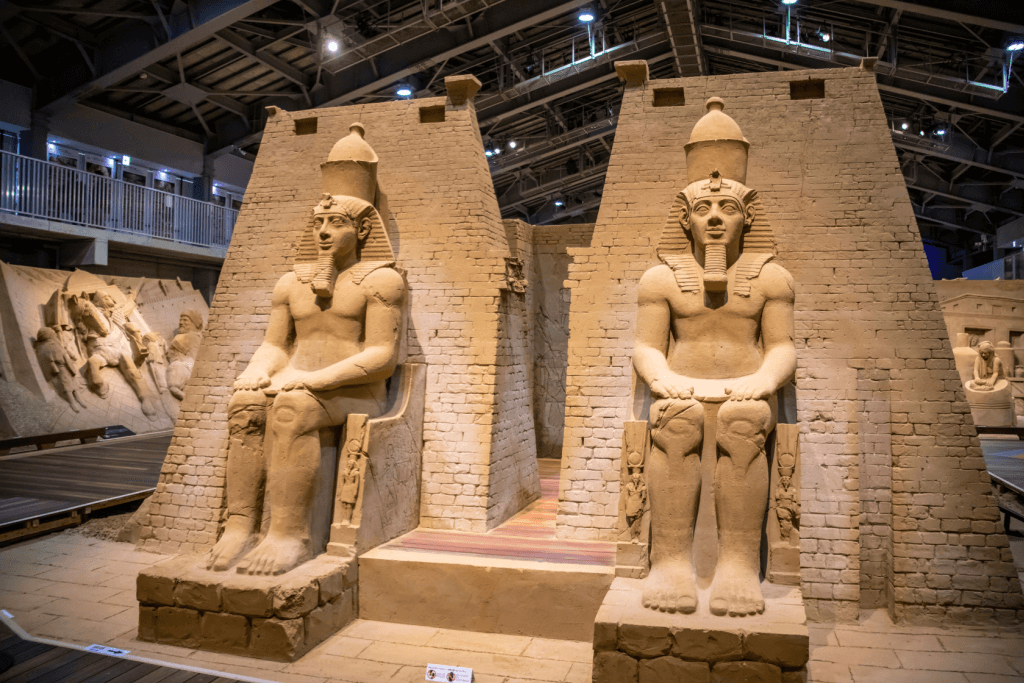
Each exhibition is temporary and non-permanent. Since the sand sculptures degrade over time, it’s best to visit the museum in April, as soon as the sculpture is complete. However, the museum closes every year between January 1 and mid-April, allowing artists to demolish the previous exhibition and shape the new sculptures.
- Opening Hours: 9 am to 5 pm (until 6 pm on Sundays). The museum is open outside its designated closed period mentioned above.
- Accessible via bus to the Sand Dunes from Tottori Station.
- Admission Price: 800 yen.
Otsuka Museum of Art
The Otsuka Museum of Art is in Naruto City in Tokushima Prefecture. It is the largest museum in Japan, nestled on 322,920 square feet of floor space. The museum features 1,000 full-size reproductions of Western masterpieces held by more than 190 art museums in 25 countries worldwide. All in all, it is a great place to visit if you cannot visit other countries and see specific artworks!
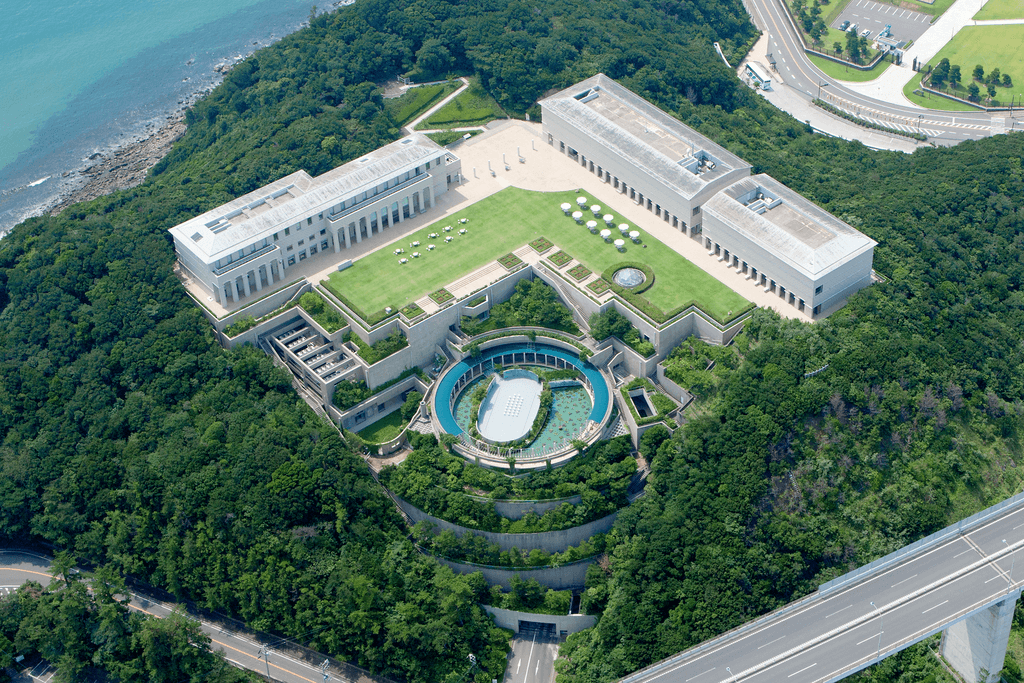
Moreover, the primary purpose of this museum was to help Japanese people who could not travel see beautiful artworks in our world. Because of cutting-edge technology, the museum could replicate many famous artistic pieces in their full size. Examples of replica art pieces include the Sistine Chapel’s interior, the Villa of the Mysteries triclinium, and Guernica. Additionally, paintings are transferred and printed onto ceramic plates, helping preserve the replicated artwork.
- Opening Hours: 9:30 am to 5 pm (entry until 4 pm). The museum is closed on Monday and has irregular holidays.
- Accessible via: local or highway bus to the Naruto Koen bus stop.
- Admission Price: 3300 yen or 3160 yen if you purchase tickets online.
Overall, there are many different types of museums to visit in Japan, many outside Tokyo! Although they are located outside the capital, they are worth visiting as they contain much historical information and artworks you won’t find elsewhere! Many of these museums are also located within nature, allowing you to take in the artworks and the beautiful scenery around you! Which museums do you want to visit and why? Let us know in the comments below!

Discover authentic flavors with Sakuraco
Get Sakuraco 

Discover authentic flavors with Sakuraco
Get Sakuraco 
Related Articles

Japanese Crane: A Timeless Symbol in Art and Culture
Did you know that there are 15 crane species worldwide, and that as many as seven of them are in Japan? Among these seven, the tanchozuru, also known as the red crowned crane, is the most well-known. For a long time, it has been a symbol of good luck and one of the most renowned birds in Japanese culture.

Japanese Crane Origami: The Magic of Renzuru
In Japan, a simple paper crane carries deep meaning as a symbol of peace, healing, and hope. But take that one crane and connect hundreds into a flowing chain, and you create renzuru, linked origami cranes that transform a single fold into a breathtaking arrangement of color and hope.

Steam Train in Shizuoka: Riding the Oigawa Railway
For travelers who love history, beautiful views, and cozy retro vibes, this steam train is one of Shizuoka’s most charming treasures, with some of the best views. If you want to know more about this train, keep reading below!

Nara Japan: The Amazing Legend of the Sacred Dragon
In Japanese culture, dragons are spiritual beings that represent strength, prosperity, and a harmonious balance with the natural forces. Nara, Japan, has a unique story associated with sacred ponds and revered shrines throughout the region.



